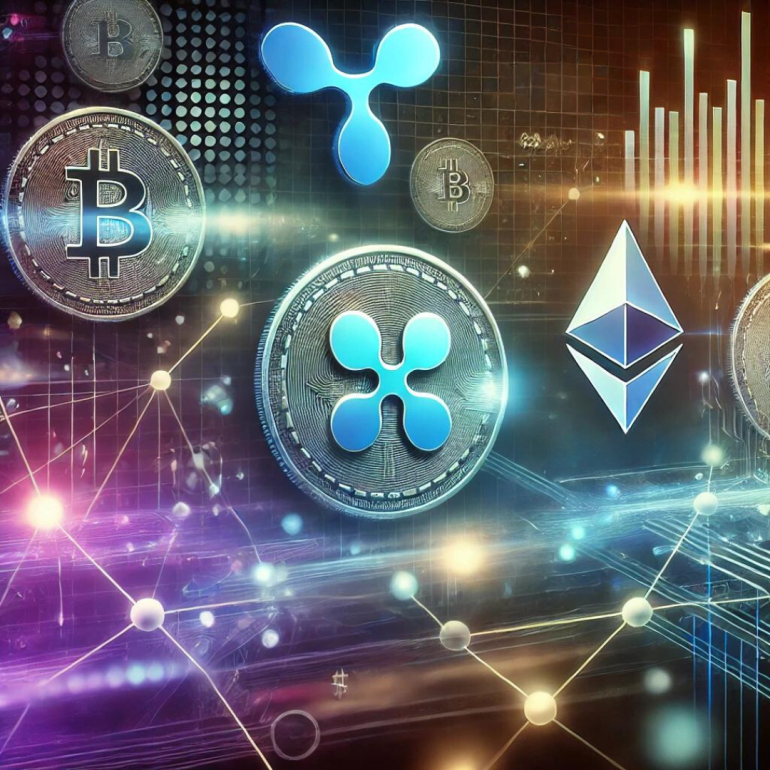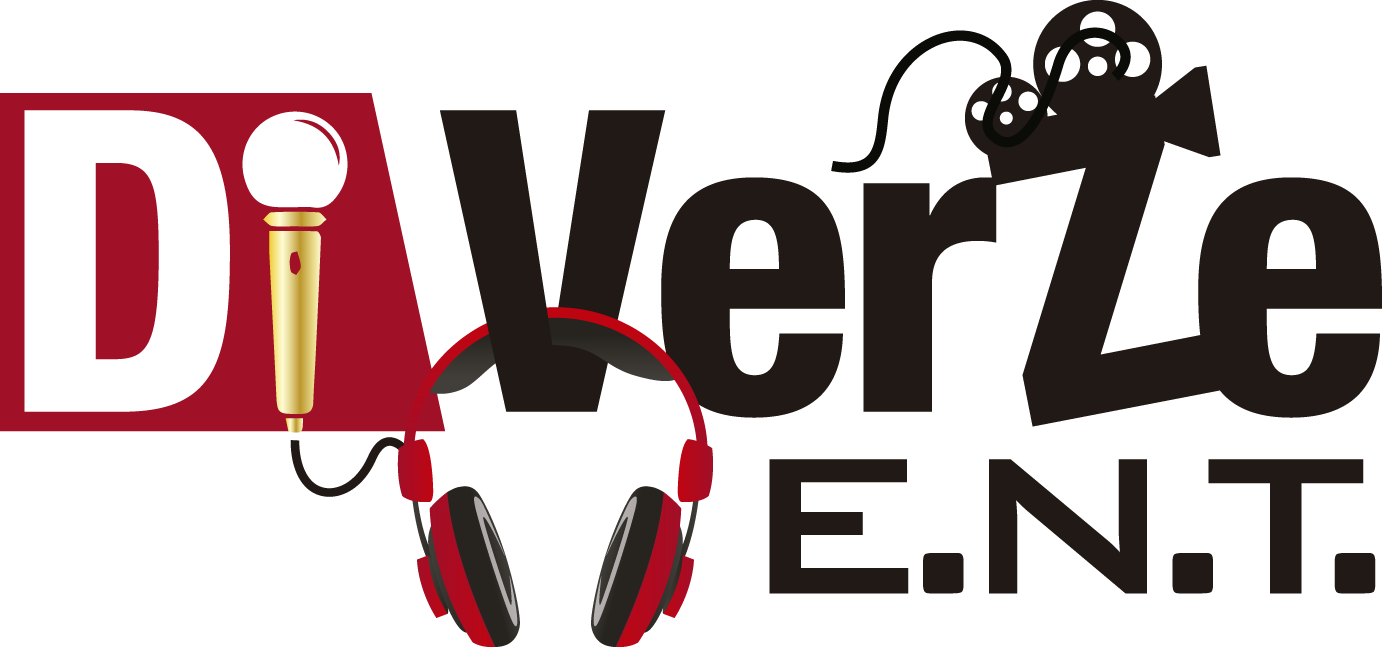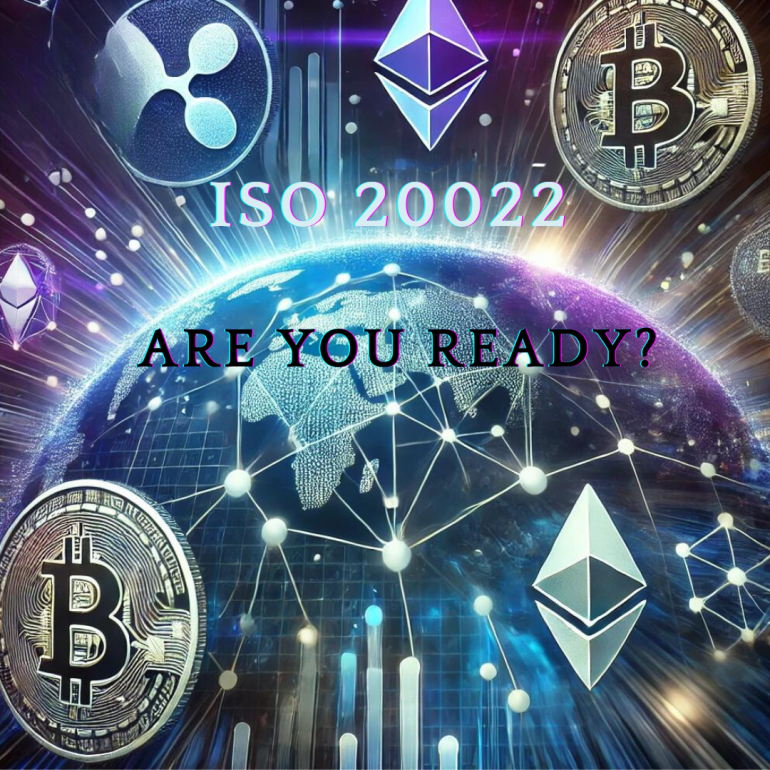The world of finance is evolving rapidly, and one of the major developments on the horizon is the implementation of ISO 20022. Set to replace the existing Fedwire Application Interface Manual (FAIM) by March 10, 2025, this change represents a critical milestone for banks, financial institutions, and cryptocurrencies alike. But what exactly is ISO 20022, and why should you care?
ISO 20022 is a global standard for financial messaging that promises to streamline and standardize the way financial data is communicated across institutions. The shift will help bridge gaps between traditional finance and modern technology, creating an environment conducive to faster, more efficient transactions.
Why ISO 20022 Is a Game-Changer
As technology advances, so does the need for financial institutions to adapt. ISO 20022 isn’t just another regulatory requirement—it’s a pivotal tool in reshaping global financial communications. Financial systems worldwide will benefit from this standardization, allowing them to communicate more effectively, process transactions faster, and significantly reduce errors.
Banks, clearinghouses, and payment processors will finally be able to speak the same “language,” a monumental step toward achieving global financial harmony.
ISO 20022 Approval: March 10, 2025
The transition to ISO 20022 is scheduled for completion on March 10, 2025, when the new message format will fully replace FAIM. This deadline marks the culmination of years of development and will be a key moment for financial institutions worldwide. Major players, including The Federal Reserve, are leading the charge in this overhaul, ensuring that all systems are aligned with the upcoming changes .

The Role of Cryptocurrency in the ISO 20022 Transition
Cryptocurrency has taken the world by storm, and ISO 20022 is perfectly positioned to accommodate this new frontier of financial assets. Blockchain technology and decentralized finance (DeFi) have transformed the way we think about transactions. With ISO 20022, banks and institutions can now integrate crypto seamlessly into their systems, fostering smoother, faster, and more secure transactions.
Key Financial Institutions Following Suit
Big names like BlackRock, JPMorgan Chase, and Goldman Sachs are already gearing up for ISO 20022’s integration. These financial giants are focusing heavily on tokenization, where physical assets are digitized and managed on a blockchain. Tokenization not only speeds up transactions but also ensures enhanced security and transparency.
Ripple ($XRP) and ISO 20022: A Positive Sign

One cryptocurrency that stands out in this transition is Ripple ($XRP). Ripple has already registered with the ISO 20022 development group, a sign that it is positioning itself as a major player in the future of global finance. For XRP holders, this is excellent news as it indicates Ripple’s intent to lead the charge in cross-border payments and financial communication .
Other Cryptocurrencies Ready to Capitalize
Apart from Ripple, other transactional cryptocurrencies are set to benefit from ISO 20022:
- Stellar ($XLM): Known for its fast transaction speeds and minimal fees, Stellar is ideal for cross-border payments.
- XDC Network ($XDC): With its focus on global trade and finance, XDC offers a robust blockchain for institutional use.
- Hedera Hashgraph ($HBAR): Offering a unique consensus mechanism, HBAR is positioned for high scalability and low fees, making it a strong contender.
Why Bitcoin and Ethereum Are Losing Scalability
Though Bitcoin and Ethereum have long dominated the crypto landscape, they face significant challenges when it comes to scalability. High gas fees and slow transaction speeds make it difficult for these cryptocurrencies to compete with newer, faster options. Bitcoin’s ability to process only 7 transactions per second (TPS) and Ethereum’s 15 TPS pale in comparison to the thousands of TPS that newer blockchains can handle.
The Bull Run and Its Impact on Crypto Prices
With ISO 20022 set to roll out in 2025, we can expect a bull run in the crypto markets, particularly for transactional coins like XRP, XLM, XDC, and HBAR. These coins, already aligned with the new messaging format, are primed for substantial growth as institutions begin to adopt the standard.
The Future of Transactional Cryptos
As the financial world shifts toward faster and more efficient transactions, transactional cryptocurrencies like XRP, XLM, XDC, and HBAR are positioned to thrive. Their low fees and fast processing times make them ideal for the new ISO 20022 environment.
Tokenization: The Future of Financial Transactions
The process of tokenization is the key to the future of financial transactions. By converting real-world assets into digital tokens on the blockchain, institutions can facilitate faster, more secure, and more transparent transactions. Tokenization also lowers costs and increases liquidity, making it a win-win for both financial institutions and investors.
Transaction Fees and Processing Speeds
One of the most significant advantages of the ISO 20022 standard is its potential to reduce transaction fees and improve processing speeds. Cryptocurrencies that align with this standard will benefit from lower fees, faster transaction times, and enhanced security measures.
What Investors Need to Know Before the Bull Run
Retail investors should pay close attention to coins that are primed to grow during the next bull run. Coins like XRP, XLM, XDC, and HBAR have already shown strong potential and are likely to see even more growth as ISO 20022 becomes widely adopted.
Live Pricing of Coins
For live pricing of the aforementioned cryptocurrencies and others, check out reliable sources like CoinMarketCap to stay updated on market trends.
Conclusion
The upcoming shift to ISO 20022 represents a monumental moment for both traditional finance and cryptocurrency. With institutions like BlackRock and JPMorgan Chase already making moves, and coins like Ripple ($XRP) leading the charge, the future looks promising. Investors who stay ahead of the curve and understand the implications of this new standard are likely to reap significant rewards during the next bull run.
FAQs
- What is ISO 20022?
ISO 20022 is a global standard for financial messaging that will replace FAIM by 2025, aimed at improving the efficiency of financial transactions.
- Why is Ripple ($XRP) significant in ISO 20022?
Ripple has registered with the ISO 20022 development group, positioning itself as a leader in cross-border transactions.
- Which cryptocurrencies will benefit most from ISO 20022?
Coins
-
Why are Bitcoin and Ethereum losing scalability?
Bitcoin and Ethereum are facing challenges with scalability due to slow transaction speeds and high gas fees. Their current infrastructure can’t handle the large number of transactions efficiently compared to newer cryptos.
-
What should retail investors consider before the bull run?
Retail investors should focus on cryptocurrencies with strong scalability, low fees, and fast transaction speeds, like XRP, XLM, and XDC, which are poised to perform well in the next bull run.





















Post comments (2)